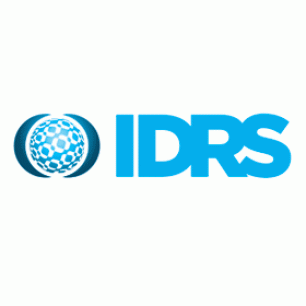Introduction
The Illicit Drug Reporting System (IDRS) is an ongoing illicit drug system funded by the Australian Government Department of Health and Ageing (AGDH&A). The IDRS has been conducted in all states and territories of Australia since 2000. The purpose of the IDRS is to provide a coordinated approach to monitoring the use of illicit drugs – in particular, heroin, methamphetamine, cocaine and cannabis. It is designed to be sensitive to trends, providing data in a timely manner, rather than to describe issues in detail. Therefore, the IDRS can provide direction for more detailed data collection on specific issues.
The complete methodology consists of three components: interviews with people who regularly inject drugs (PWID); interviews with key experts (KE), people who, through the nature of their work, have regular contact with PWID or knowledge of drug trends; and an examination of existing indicator data sources related to illicit drug use, such as opioid overdose data, treatment data, and purity of seizures of illicit drugs made by law enforcement agencies. These three data sources are presented in order to minimise the biases and weaknesses inherent in each one, and to ensure valid emerging trends are documented.
Jurisdictional differences. To provide a greater understanding of some of the reasons for differences between jurisdictions, detailed reports describing drug trends in each jurisdiction can be obtained via the National Drug and Alcohol Research Centre website. These reports can provide richer data and context around trends in each state/territory, particularly through their incorporation of KE comments and indicator data not available at a national level.
Ecstasy and related drug use. Although the IDRS is well able to monitor trends in established drug markets and document the emergence of drug use among people who regularly inject drugs, it cannot provide information on drug use and harms among all groups of drug users. The Ecstasy and related Drugs Reporting System (EDRS), which has been funded in every jurisdiction in Australia since 2003, has documented patterns and trends in use among regular ecstasy users. The EDRS adopts the same methodology as the IDRS, and results are reported elsewhere (Sindicich and Burns, 2012).


